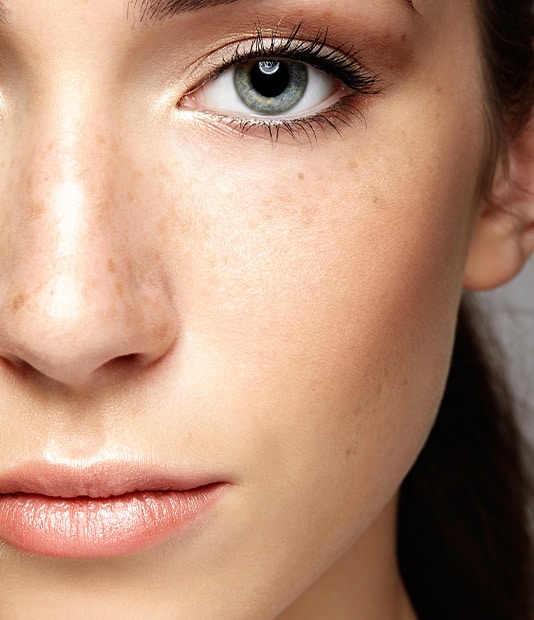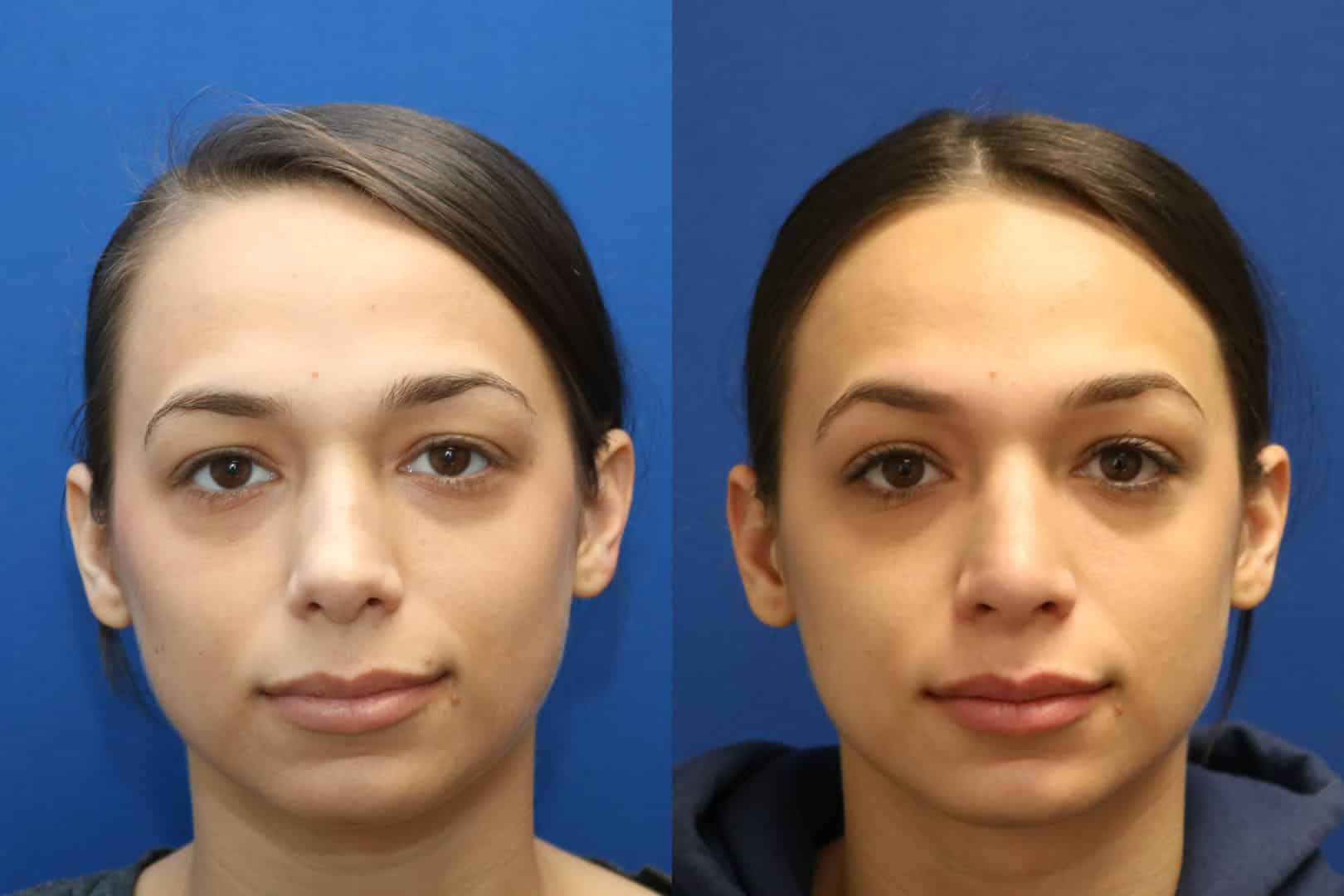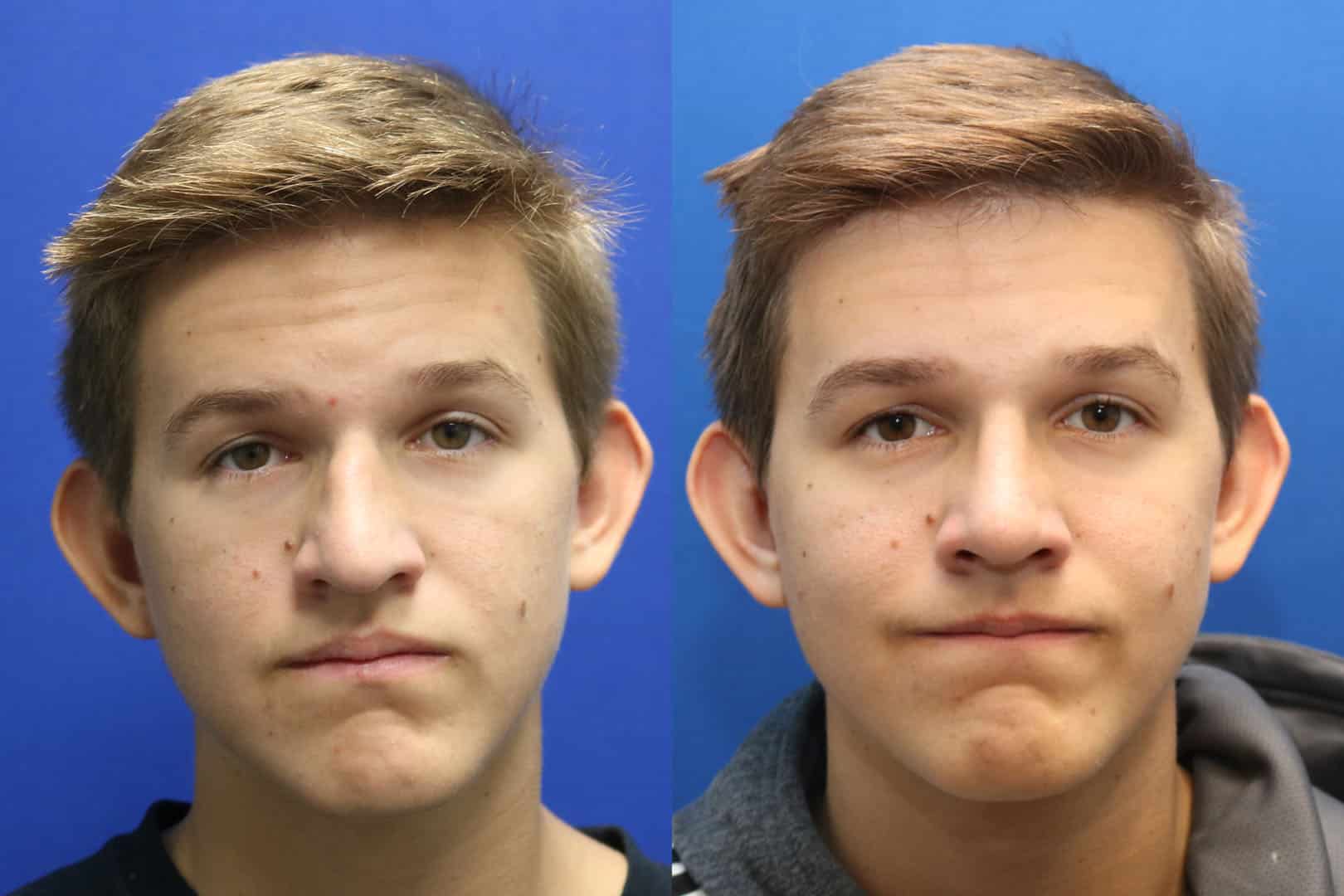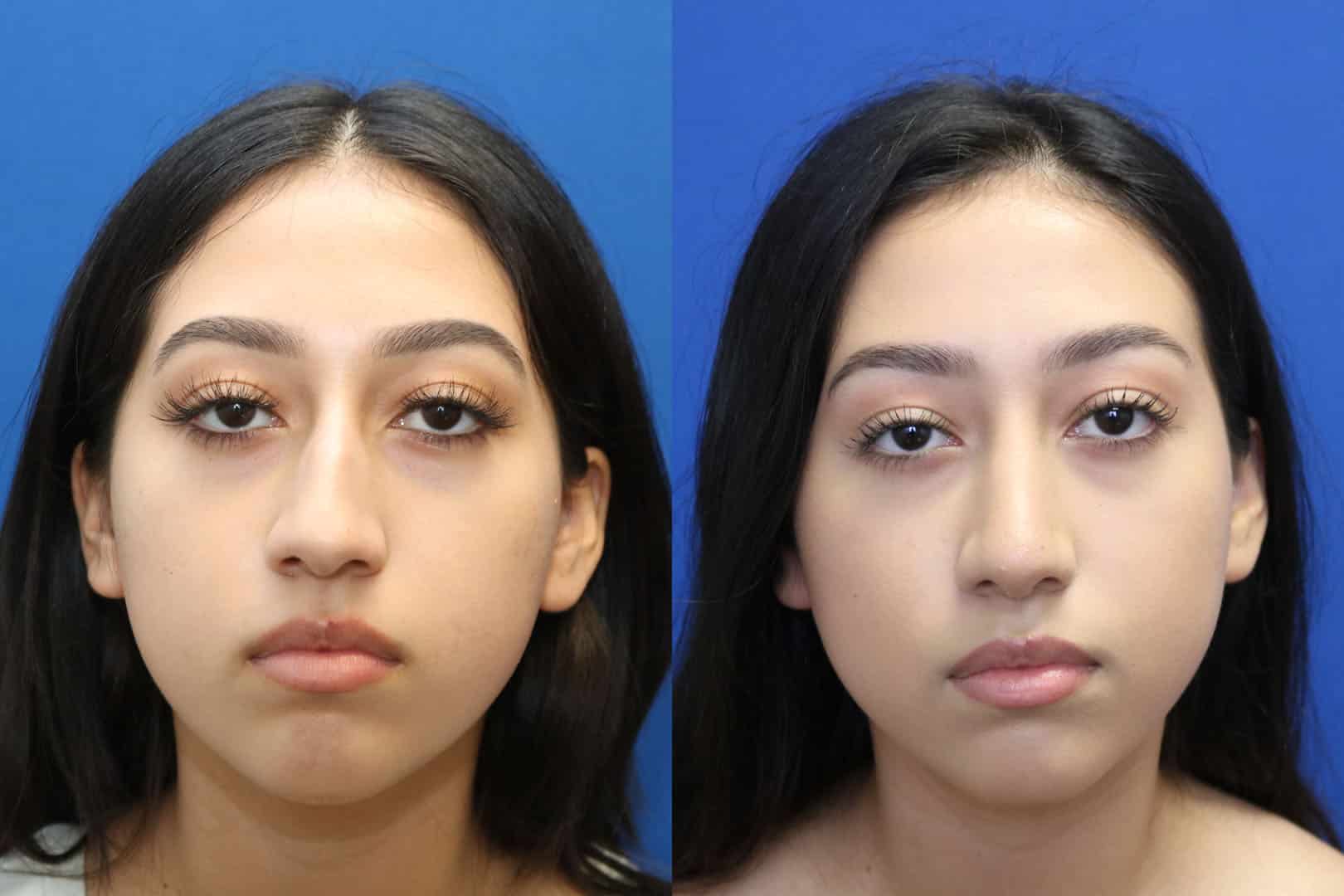While rhinoplasties are among the most popular cosmetic surgery options, an unfortunate number of patients do not achieve the results they are looking for. Whether unexpected complications have occurred or an inexperienced surgeon performed the procedure, patients may be left with poor cosmetic results or even difficulty breathing due to structural issues. When this occurs, patients can turn to Dr. Christian Paquet for a revision rhinoplasty.

What is a Revision Rhinoplasty?
A revision rhinoplasty is any secondary or subsequent rhinoplasty performed to improve results or correct issues that arise from a poorly performed initial rhinoplasty. When seeking a revision rhinoplasty, it is important to choose a skilled, experienced, and qualified plastic surgeon. This is because the procedure is much more complex than an initial rhinoplasty, as additional scar tissue is present and blood supply may be compromised from the first surgery.
Who is a Candidate for Revision Rhinoplasty?
Many patients who are unsatisfied with the results of their first rhinoplasty or who face complications from their results are candidates for a revision procedure. During a consultation, Dr. Paquet will examine your nose to determine what is to blame for your poor results and develop a plan for a revision procedure. He will also ask questions about your health history and your expectations for the procedure. Keep in mind that your potential results may be limited depending on the state of the tissues within your nose and challenges that may arise due to your initial surgery.
The Revision Rhinoplasty Procedure
Most revision rhinoplasties are performed using an open rhinoplasty approach, meaning that incisions are made in the columella, or small section of tissue which separates the nostrils. Through this incision, the tissues of the nose can be adjusted as needed. In some cases, cartilage grafts may be necessary to restore the nasal structure, correct a deviated septum, or repair a septal perforation. Cartilage grafts may be taken from another area of the nose or from elsewhere in the body, typically the ear or rib. Often times cadaveric rib cartilage grafts may be used as well.
Revision rhinoplasties are usually performed under general anesthesia as an outpatient procedure.
REAL PATIENT REVIEW
“I could not be happier with my rhinoplasty experience with Dr. Paquet! He is incredible and definitely knows what he’s doing. My recovery was easier than I could’ve imagined and my results have exceeded my expectations. Several of my own clients and friends have scheduled consultations with him after seeing my results.”
READ MORE REVIEWSRecovery After Revision Rhinoplasty
Recovery after a revision rhinoplasty is typically similar to the initial surgery. Patients will notice swelling, bruising, and redness and may experience some discomfort. As the surgery is performed on an outpatient basis, patients may return home with a trusted friend or family member to drive them and care for them in the early stages of recovery. Dr. Paquet can prescribe pain medication to maintain comfort. Keeping the head elevated and using cold compresses can help alleviate swelling. Most patients are ready to return to non-strenuous routines, such as work or school, after about one to two weeks after their revision rhinoplasty. Some residual swelling may persist for up to a year after the surgery.
Revision Rhinoplasty FAQs
How many times can you have revision rhinoplasty?
How risky is revision rhinoplasty?
How long do I need to wait after my last rhinoplasty for a revision?
What should I expect with regards to recovery?
Can my sinus problems be taken care of at the same time as my revision rhinoplasty?
How long will my surgery take?
Should I go to the same doctor for my revision rhinoplasty?
Who is the best candidate for a revision rhinoplasty?
Ready to take the first step?
Contact us today if you are ready to take the first step or have any questions! Schedule a consultation with Dr. Paquet by contacting us online or by calling us directly at 602-726-6310.
CONTACT US





